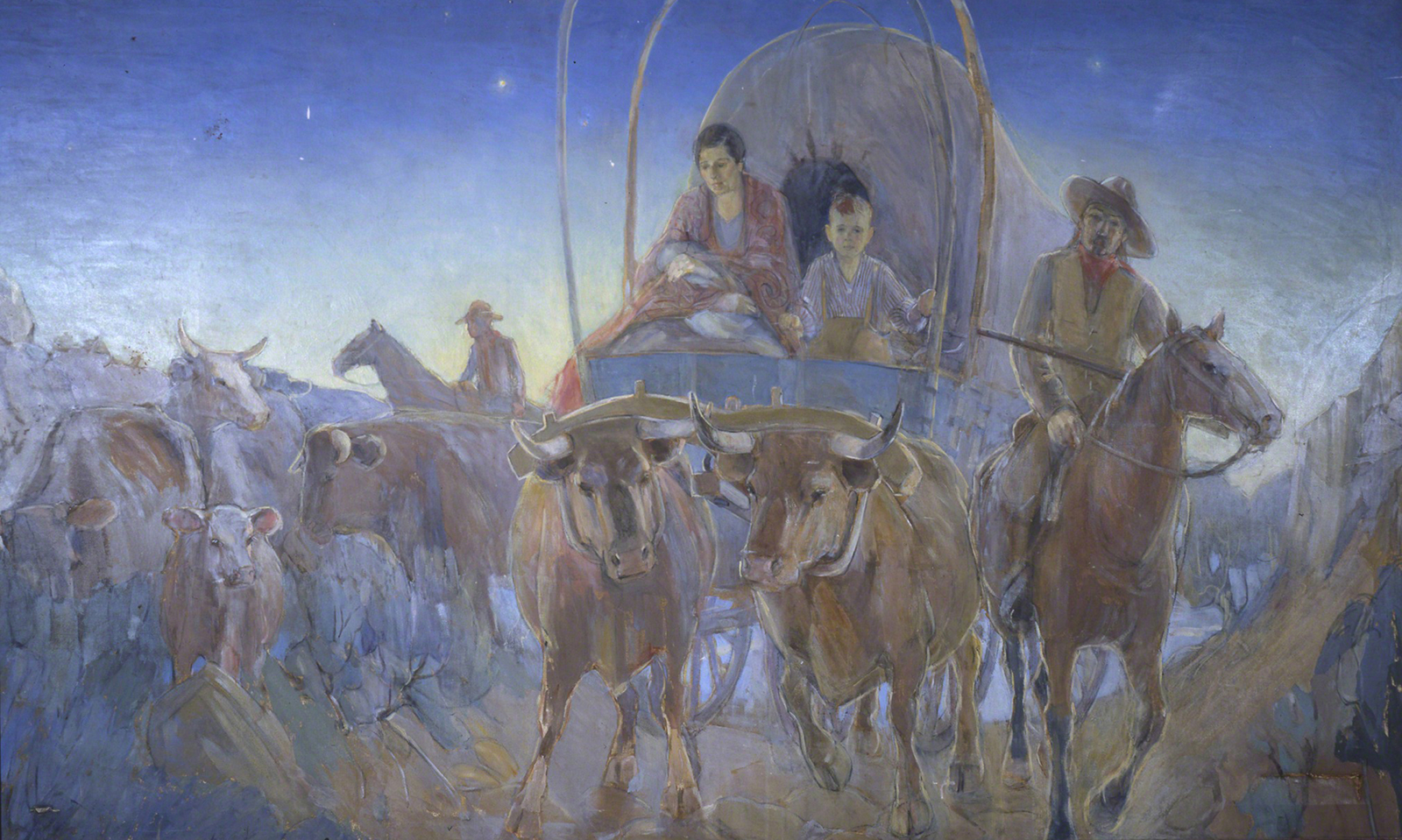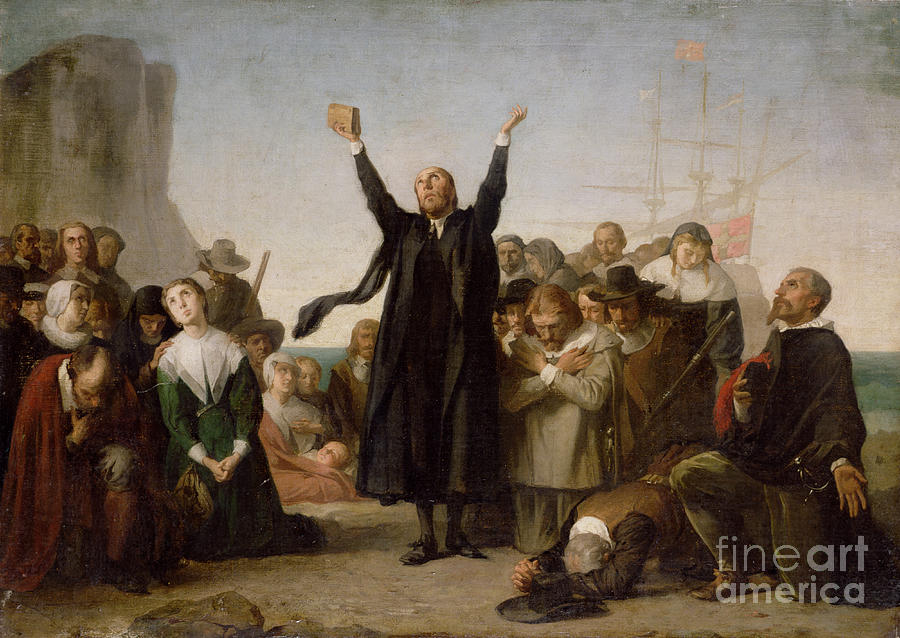3 Ways Latter-day Saint Pioneers Can Relate to the Pilgrims
1. They were persecuted for their forms of worship
When England split from the Roman Catholic Church in 1534, because the Pope would not grant King Henry VIII a divorce, the Church of England was formed. The Church of England was much like the Catholic Church, but instead of the Pope being in charge, it was the British Crown. Every British citizen was expected to attend the Church of England, and if they didn’t they were “persecuted by the state.”
A group of people called Separatists decided to worship in secret. Historian Donna Curtain explains, “Once they decided that the only way they could be true to their conscience was to leave the established church and secretly worship, they were hunted and persecuted, and many of them faced the loss of their homes and the loss of their livelihood.”
Much like the Pilgrims, after the restoration of the Church of Jesus Christ in 1830, Latter-day Saint pioneers were persecuted for their beliefs. Pioneers were persecuted for various reasons, including their resistance to owning slaves, the practice of plural marriage, and their tight-knit communities, which were seen as a threat to political powers and leaders.
Joseph Smith was arrested various times for preaching and “being a disorderly person.” The Pioneers were driven from their homes in Kirtland and Missouri by angry mobs, who famously tarred and feathered Joseph Smith in front of his Kirtland home. The Saints in Missouri were issued to leave by the governor on this order: “The Mormons must be treated as enemies and must be exterminated or driven from the state, if necessary for the public good.”
Related: 11 Essential Aspects of Being Grateful
2. Both groups traveled far to seek religious freedom
The pilgrims arrived in the Americas aboard the Mayflower in 1620, the majority of them hoping to establish a territory where they would be able to worship how they pleased, separate from the Church of England. The Mayflower set sail with 102 passengers, plus the crew. The journey took 66 days to travel the 2,750 miles from Plymouth, England, to Cape Cod.
Latter-day Saint Pioneers traveled from New York to Kirtland to Nauvoo to Missouri and finally settled permanently in the Salt Lake Valley in 1847. Some Saints began congregating in England as early as 1837, and many made it across the sea and then overland west to the Salt Lake Valley, traveling a similar route to that of the Pilgrims.
Pioneers began walking with handcarts on what was later called The Mormon Trail in 1846. The route was around 1,300 miles long and went from Nauvoo to Salt Lake City. Between 1846 and 1868 it is estimated that 60,000 to 70,000 pioneers traveled to Utah.
3. When they finally settled they faced new obstacles

The first winter after the Pilgrims arrived in America more than half of them died due to disease, poor nutrition, and inadequate housing for the harsh weather conditions. The Wampanoag Tribes were the native inhabitants living in the area where the Pilgrims settled in Plymouth. Squanto, who belonged to the Pawtuxet tribe, taught the Pilgrims how to plant corn and hunt fish and beaver. The following fall, the Pilgrims and the Pokanoket Tribe shared their harvest, which is known as the first Thanksgiving.
Latter-day Saints withstood much persecution on their journey west, and even after they reached the Salt Lake Valley, they continued to face many hardships.
Steve Olsen, head curator at the LDS Church History Library says, “They were starting from scratch,” Olsen said. “If they were going to establish a community here, they had to establish it from the ground up. Hardly any of these people had any experience in doing that. … So they had to build roads, and they had to build irrigation systems and transportation systems and communication systems, and they had to build social institutions and they had to build all these elements … with relatively few resources and with relatively little background experience.”
Related: Make Thanksgiving More Meaningful with These 10 Traditions



